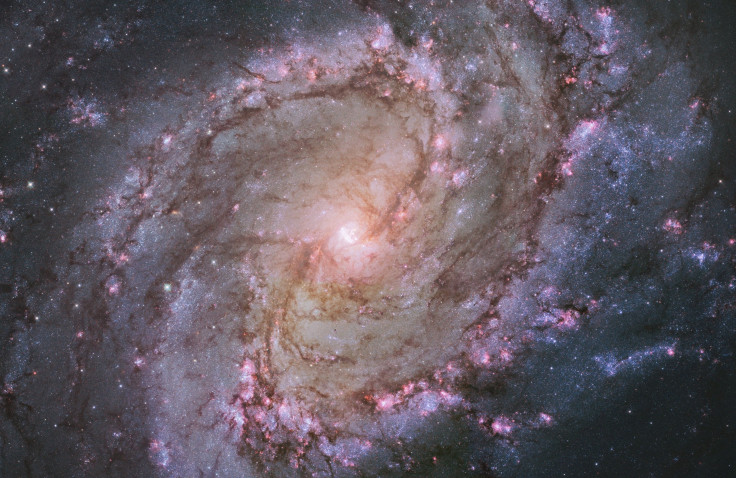Astronomers raise alarm over finding the universe is ‘slowly dying,’ losing energy

The discovery that the 200,000 galaxies had lost half their energy in just two billion years alarmed astronomers, as this could mean the slow death of the universe. An international team of astronomers studying the galaxies has measured that all energy in the universe will eventually dissolve into nothingness. However, the timespan is over a billion years, not just a few years.
The new research, presented on August 10 at the International Astronomical Union XXIX General Assembly in Honolulu, Hawaii, charts the map of all the energy generated within a large volume of space to date and in the past. Astronomers confirm that the energy produced in a section of the universe is only about half of what it was two billion years ago, and found the energy left is fading across all wavelengths from the ultraviolet to the far infrared in the space.
The European Southern Observatory, or ESO, said “the universe is slowly dying” after analysing the findings from the Galaxy and Mass Assembly, or GAMA project, the largest multi-wavelength survey ever conducted.
Researchers came to their conclusion through the process when stars of older galaxies use up their fuel and dissolve it as light and heat. As certain stars die in cataclysmic supernova explosions, it can fuel the birth of new stars through its energy, but ultimately all of that energy will spread out so much that no new stars can be formed from it.
In the galaxies studied, the rate of star formation was found to decrease by a factor of two over two billion years. With that, the universe turns “darker and darker” as it lacks new stars, Jochen Liske from the University of Hamburg, who contributed to the research, told IFLScience.
"The Universe will decline from here on in, sliding gently into old age. The Universe has basically sat down on the sofa, pulled up a blanket and is about to nod off for an eternal doze,” said Simon Driver from the International Centre for Radio Astronomy Research, or ICRAR, in Australia, who led the large GAMA team.
Researchers used the most powerful telescopes around the world to gather data for the GAMA project, including ESO's VISTA and VST survey telescopes at the Paranal Observatory in Chile. NASA operated space telescopes, GALEX and WISE, also supported the observations, including another from the European Space Agency called the Herschel.
“We used as many space and ground-based telescopes we could get our hands on, to measure the energy output of over 200,000 galaxies across as broad a wavelength range as possible,” Driver said.
However, the GAMA team stated the universe’s death will likely occur in billions of years with all the lights gone and no stars visible from Earth. They added before the event happens, Earth will already be consumed by the Sun in a few billion years when it expands into a red giant prior to its death, making the planet unable to support life.
The survey data of the galaxies studies was released to astronomers worldwide. The dataset, according to the researchers, will help scientists to better understand how different types of galaxies form and evolve.
Contact the writer at feedback@ibtimes.com.au or tell us what you think below






